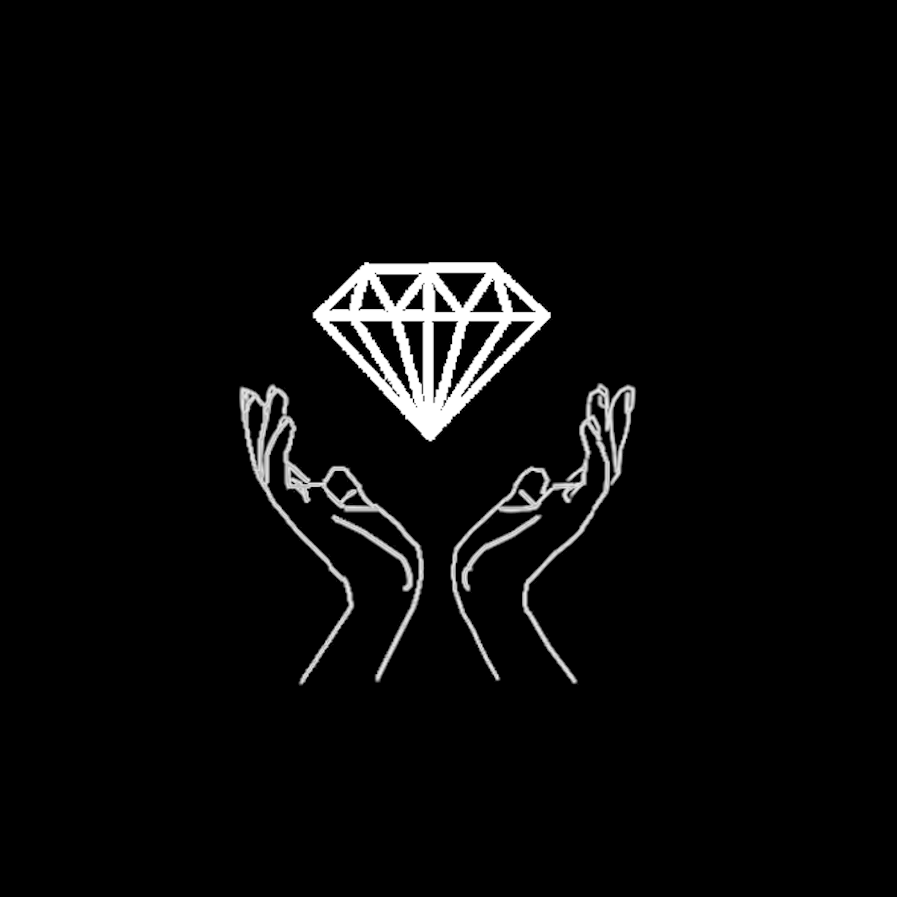Written by Simone Sandhey, Elements Writer
Technology is present in various fields, ranging from medicine to engineering. With its wide-spread reach, people of all types all around the world are impacted. Teens with disabilities tend to be impacted in a unique way.
An American Community Survey by the HHS estimates that more than 1.3 million U.S. young people ages 16-20 have a disability, either physical or mental. According to Achieve Australia, “A physical disability is a physical condition that affects a person’s mobility, physical capacity, stamina or dexterity. This can include brain or spinal cord injuries, multiple sclerosis, cerebral palsy, respiratory disorders, epilepsy, hearing/visual impairments, and more.” Medical technology is known for saving disabled lives by aiding them with devices such as prosthetics, wheelchairs, scooters, canes, crutches, etc. This technology makes disabled lives more comfortable, livable, and overall “normal,” making people, teens especially, less insecure of their disability that has been pitied and deemed different all their life. Similarly, the internet aspect of technology can aid people’s path to overcome their insecurity of disabilities by providing a sort of escape from the harsh living world standard. When interacting on the web, there are no judgments that single them out as a disabled person, allowing people to pass in situations with full control of their image and personality that is perceived. This gives them the power and confidence to interact with people on the web, which is a good step up from the restrictions faced in person. Even on social media, there is an increasing number of influencers displaying their disabilities in full light and detail, which can serve as an empowering action in the eyes of the disabled. These platforms influence the mindset teens have, showing how computer-based technology can have its perks and benefits for these people.
But, social media can have its downfalls too. It is commonly known that teens suffer from cyberbullying more than any other age group. Disabilities tend to be one of the reasons for getting bullied. Examples of bullying include receiving degrading nicknames, getting harassed, getting pranked often, etc. The internet allows these people to continue their bad behavior without getting caught or restricted by school staff. Social media in general can be degrading due to exposure to peer pressure, bullying, rumor spreading, standards of beauty, and unrealistic views of other people’s lives. A 2019 study of about 6,500 12-15 year-olds in the U.S. found out that those who spent more than 3+ hours a day using social media might be at heightened risk for mental health problems. These mental disabilities are increased or worsened with certain social media interactions, proving how the internet is both good and bad to disabled teens.
Sources:
https://www.theguardian.com/technology/2011/mar/06/untangling-web-aleks-krotoski-disability


